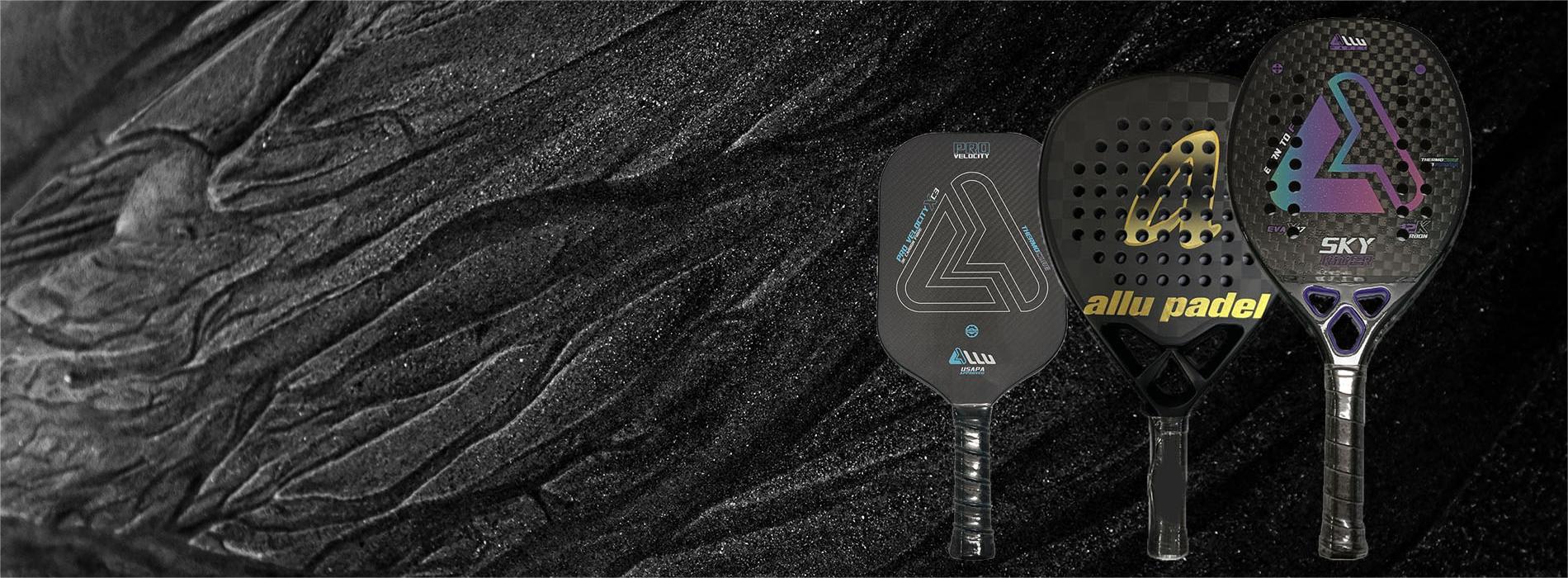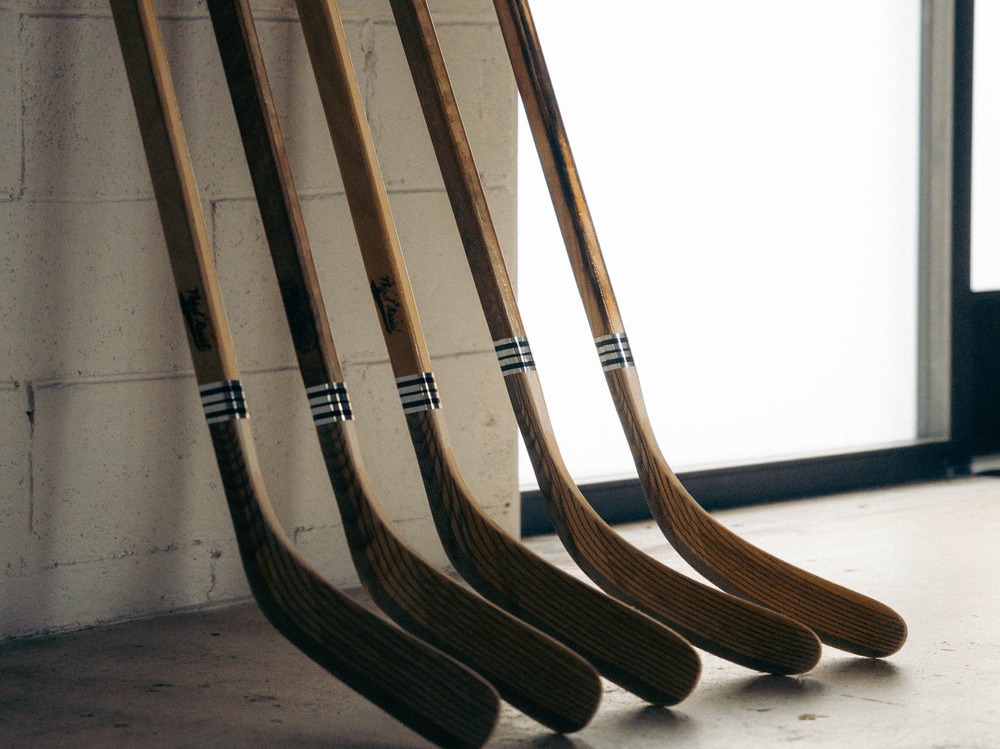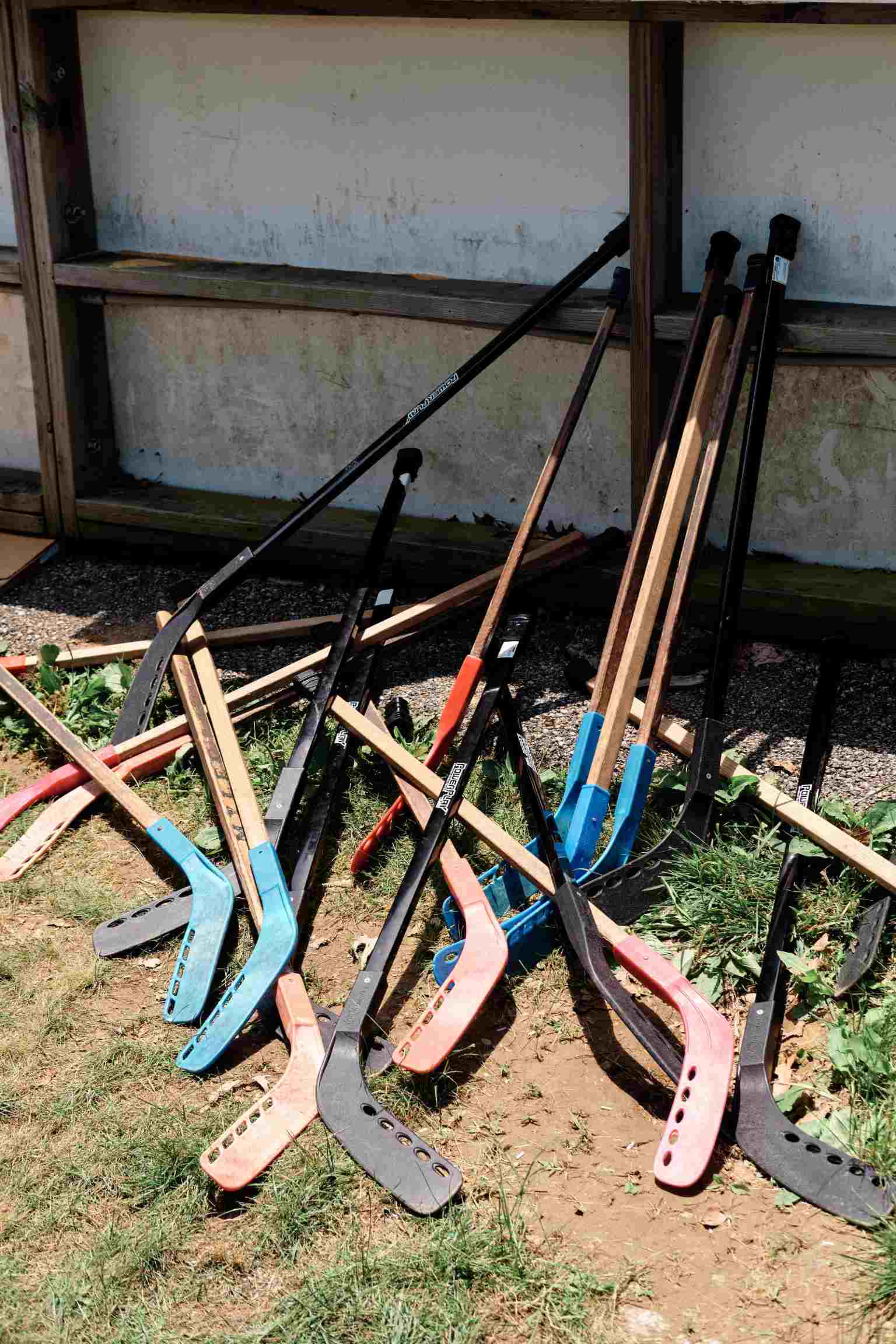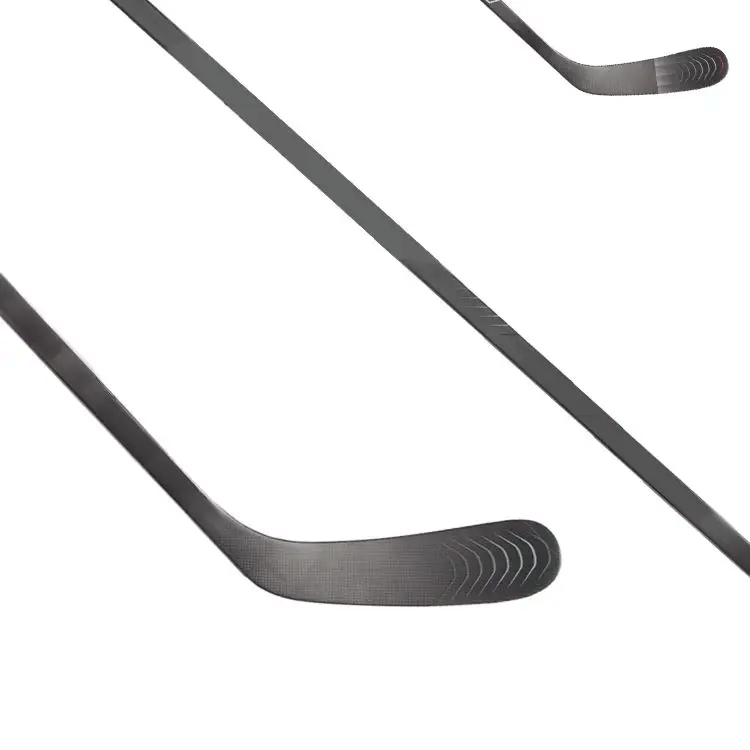Submit your email to get helpful tips and useful information form ouor partners.

- Visit Our Company at: Address: XIAMEN ALLU INDUSTRY CO.,LTD
- Have a Questions? Call Us +86 13950190566
- Contact with Us Email: sales@alluxm.com
if you'd like a free consultation, please start bg completing the form:


















 IPv6 network supported
IPv6 network supported 